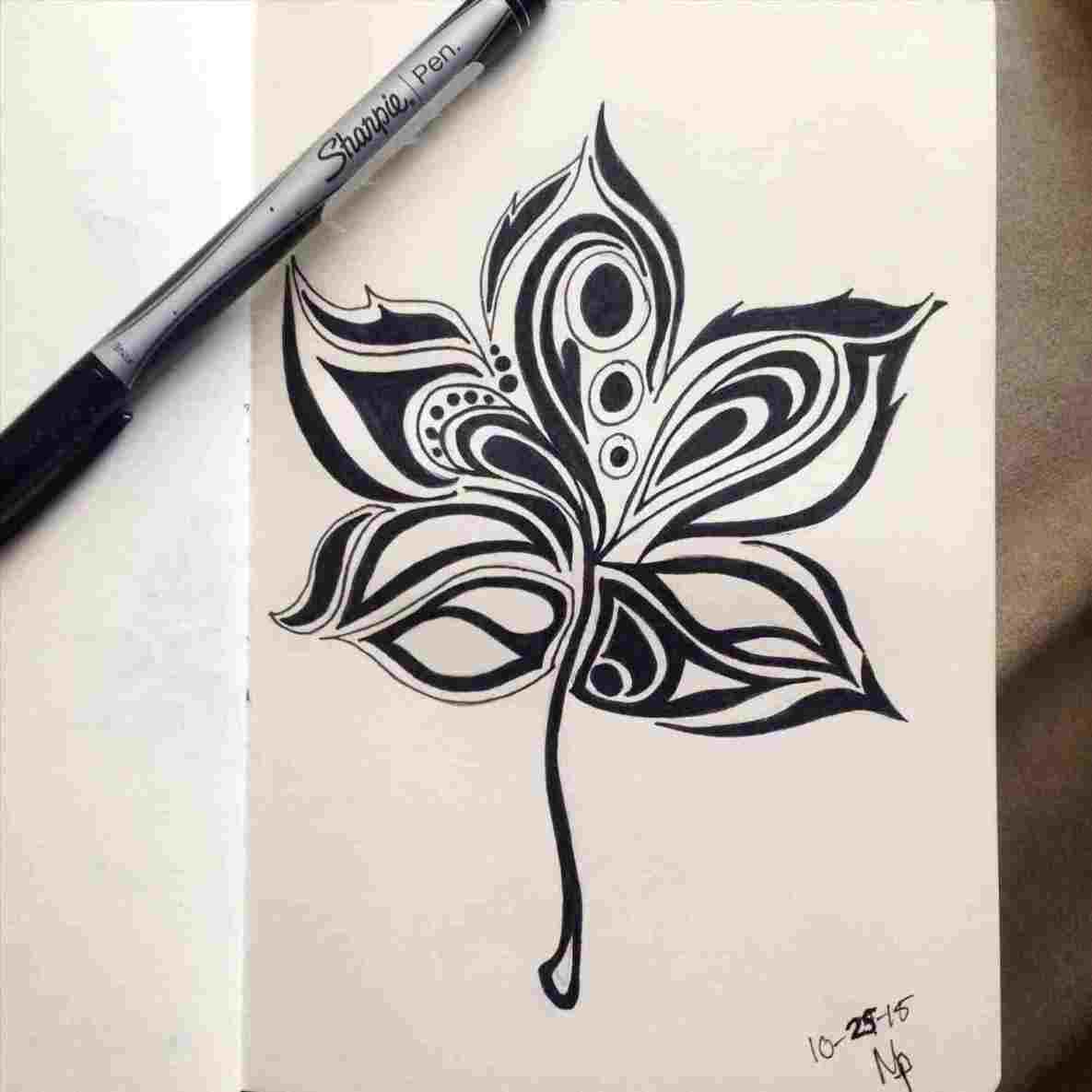Abstract art is a form of art that does not attempt to represent external reality, but instead uses shapes, colors, forms, and gestural marks to achieve its aesthetic ends. Abstract pencil sketches are a great way to explore this art form and create unique and meaningful pieces of art. This informatical article provides a friendly and easy-to-follow guide for beginners who want to learn the basics of abstract pencil sketching.
Abstract pencil sketches offer a wide range of possibilities for artistic expression. They can be simple or complex, realistic or non-representational, and can convey a variety of emotions and ideas. The beauty of abstract art lies in its openness to interpretation, allowing the viewer to bring their own experiences and perspectives to the work.
To get started with abstract pencil sketching, all you need is a pencil, a sketchbook, and an open mind. Let’s dive into the basics and explore the steps involved in creating your own abstract pencil sketches.
Easy Abstract Pencil Sketches
Explore your creativity with these simple steps:
- Start with basic shapes
- Use lines and curves
- Experiment with textures
- Add depth with shading
- Let your imagination flow
Remember, there are no rules in abstract art, so have fun and let your creativity guide you.
Start with basic shapes
Begin your abstract pencil sketch by laying down basic shapes. These shapes can be simple geometric forms like squares, circles, triangles, or organic shapes inspired by nature, such as leaves, flowers, or waves.
- Draw lightly with a pencil: Use a light touch and avoid pressing too hard to allow for easy erasing and adjustments.
- Vary the size and orientation of your shapes: Create a dynamic composition by using a mix of large and small shapes, and by placing them in different orientations.
- Overlap and intersect your shapes: Allow your shapes to overlap and intersect each other to create a sense of depth and complexity.
- Use negative space: Pay attention to the negative space, or the areas between and around your shapes. Negative space can be just as important as the shapes themselves in creating a balanced and visually interesting composition.
By starting with basic shapes, you can build a foundation for your abstract pencil sketch and gradually add more detail and complexity as you progress.

